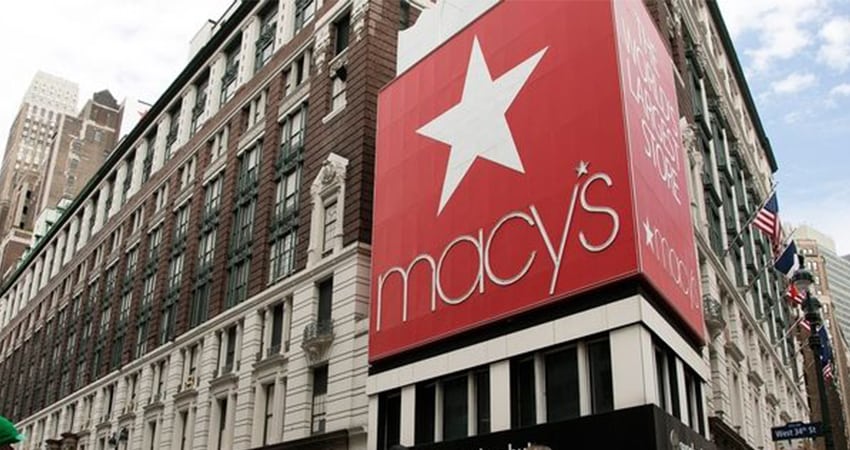Ahead of peak season, Macy’s converted 35 stores into mini fulfillment centers, creating about 1 million square feet of space to handle online orders, lowering costs, speeding up delivery times and reducing the incidence of painful split shipments, executives said on a recent earnings call.
Adrian Mitchell, Chief Financial Officer of the department store chain, said the semi-automated facilities will allow Macy’s to better utilize inventory in specific markets and regions.
“We continue to get smarter about where demand is and how best to service that demand. … . [The mini-FCs] are relatively low-cost complements to our existing fulfillment network,” Mitchell told analysts. “We have also made the appropriate process and technology investments to streamline fulfillment activities in all remaining stores.”
Mitchell said Macy’s upstream and downstream investments “are focused on simplifying our processes and modernizing our technology, further enhancing our ability to move products to our customers faster while driving greater supply chain cost efficiencies.”
Delivery expense accounted for 4.3% of Macy’s net Q3 sales, Mitchell said, flat to last year. “Higher fuel costs more than offset the impact of a 2% decline in digital penetration and reductions in delivery cost per package,” he said.
Macy’s CEO Jeff Gennette said the company is examining all of its “ship-alone” categories in order to position that inventory closer to customers to increase delivery speed and reduce costs.
“We’ve got great automation that’s going on in our mega centers to make sure that we’re hitting customer expectations on time of delivery and reducing package cost,” Gennette said. “So, all that modernized supply chain applies to whatever comes our way with digital business in the fourth quarter.”
The CEO also offered a window into the see-saw that has been Macy’s mix of physical to digital sales since the pandemic ensued. In the pre-covid year of 2019, the industry’s new baseline for such metrics, digital was a quarter of Macy’s business, ballooning up to 40% in 2020 when ecommerce became retail’s lifeline. In 2022, Gennette said, it’s dialed back to 33%, below internal projections of 37%, with digital sales down 9% from last year.
“So, [ecommerce] has downshifted,” he said. “We do expect we’re going to have a strong performance to 2019 across every quarter, and we’re mapping on that.”
Earlier this year, the company decided against spinning off its ecommerce business, as Saks Fifth Avenue had done in 2021. Macy’s shuttered 125 stores and laid off 2,000 corporate staff in a right-sizing move last year.
Macy’s has remained relatively flat in terms of topline over the past three years, not seeing a significant boost from the pandemic-fueled ecommerce explosion or stimulus check spending. Its Q3 revenue this year was $5.23 billion, compared to $5.17 billion last year, $3.99 billion in 2020 and $5.17 billion in 2019.
One bright spot was Macy’s retail media network, an area seeing extreme growth across the industry. Net revenue from this unit was $31 million in Q3, up 21% from last year. Gross margin was 38.7%, down from 41% a year ago, and net income was down 54%, from $239 million to $108 million.

